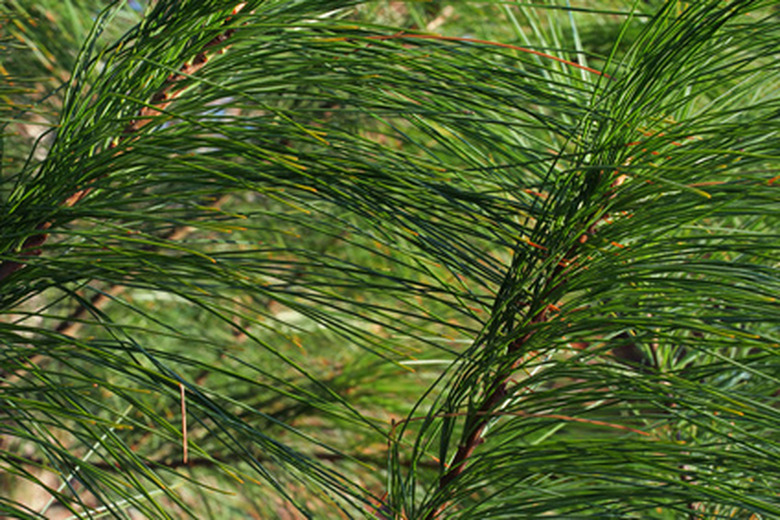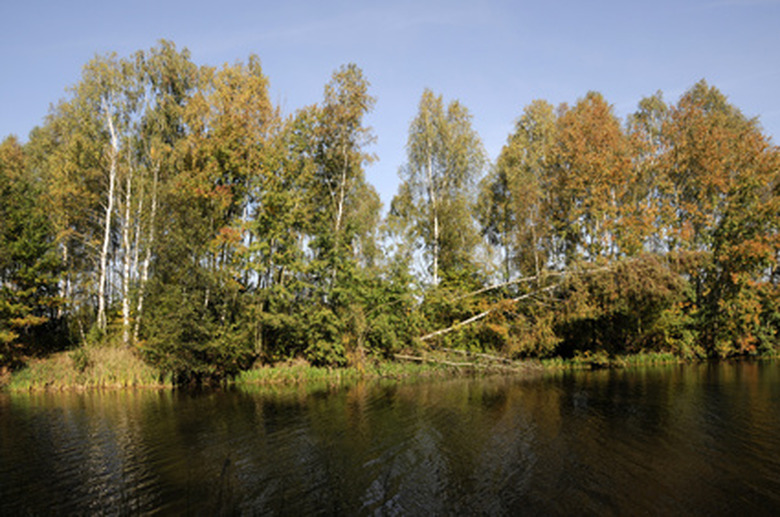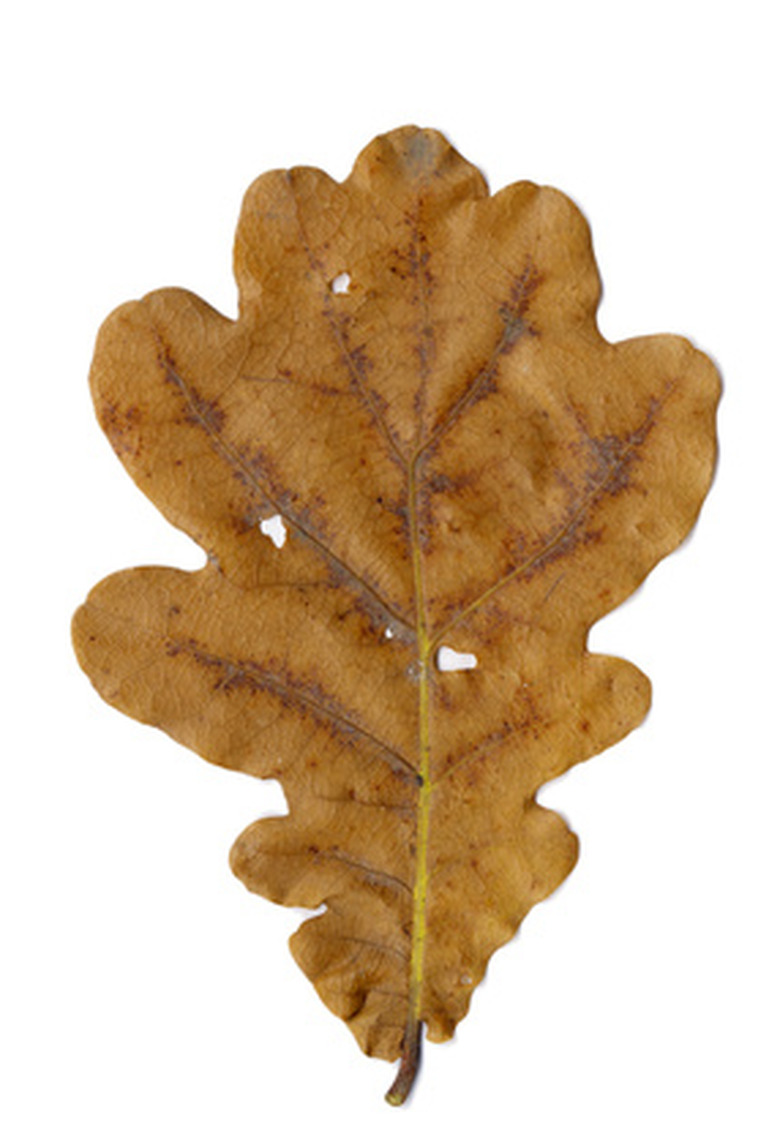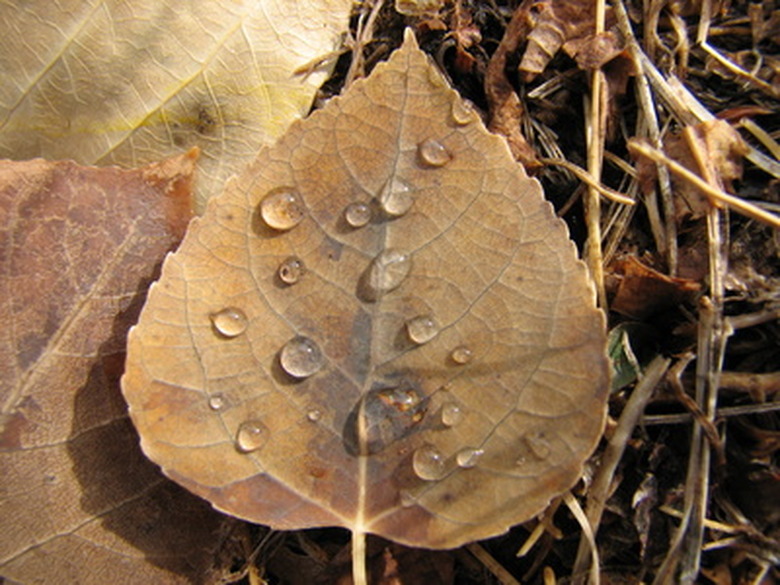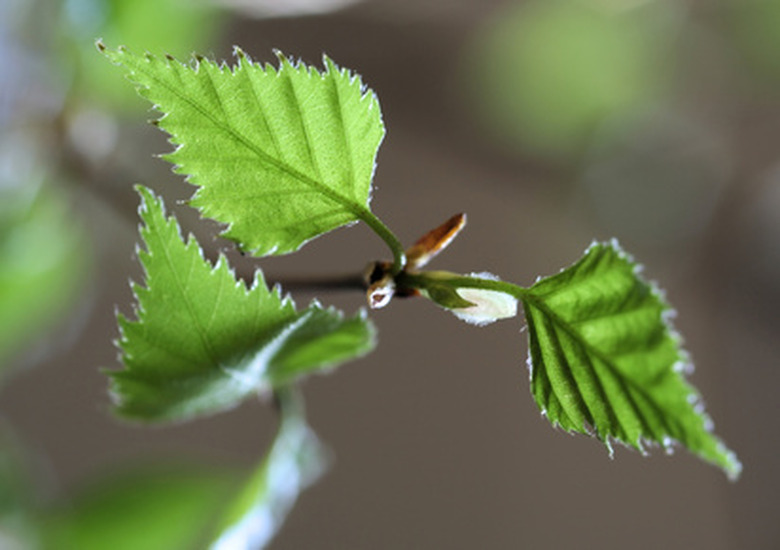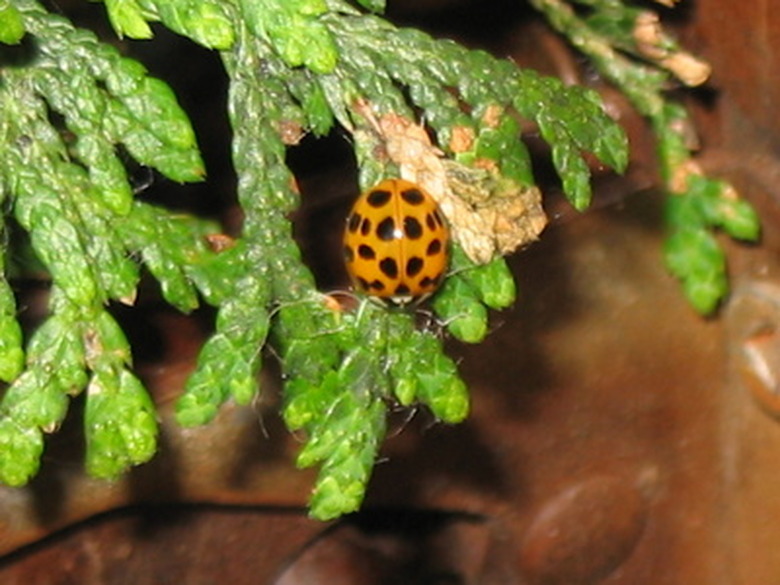Wisconsin Leaf Identification
Wisconsin's dozens of species of trees cover a largely rural state, some of which is downright sparsely populated. Visitors might wonder how the natives keep them all straight. The University of Wisconsin maintains an herbarium in the Cofrin Center for Biodiversity in Green Bay and the "UW" system provides outreach and identification tools for schoolchildren and city slickers alike.
Tree Types
Wisconsin is home to gymnosperms and angiosperms–evergreens and deciduous trees. Gymnosperms have needle- or scale-like leaves that stay on the tree year-round. Deciduous trees drop their leaves each fall and grow new leaves each spring. The original or mesic forests of Wisconsin were subjected to harvesting and logging in the late 19th century; today's forests are "second-growth" forests, many managed by the state's Department of Natural Resources (DNR).
- Wisconsin's dozens of species of trees cover a largely rural state, some of which is downright sparsely populated.
- The University of Wisconsin maintains an herbarium in the Cofrin Center for Biodiversity in Green Bay and the "UW" system provides outreach and identification tools for schoolchildren and city slickers alike.
Forest Types
Wisconsin's forests lie on a border between the prairies of the U.S. and the boreal forest of Canada. The DNR lists oak and hickory as the most common forest base in southern forests. Maple, basswood, pine, aspen and birch are also present.
In the north, maples and basswood form the largest group, followed by aspen and birch. Oaks, hickory, spruce, fir and pine complete the major groups in the Northern forest. The paper industry planted "farms" of evergreen conifers in northern forests after Wisconsin's old-growth forests were destroyed.
Oaks and Maples
Oaks sport long, multi-lobed leaves; bur, white and swamp oaks have rounded lobes; black, northern pin and red oaks have pointed lobes. Maples grow wide, five-pointed leaves. The sugar maple's brilliant fall colors earned it the title of state tree. The silver maple's leaves are deeply and sharply cut and the red maples leaves rustle on reddish stems.
- Wisconsin's forests lie on a border between the prairies of the U.S. and the boreal forest of Canada.
- The DNR lists oak and hickory as the most common forest base in southern forests.
Basswood and Hickory
Basswood has large, uneven-sided heart-shaped leaves with saw-toothed edges. Basswood grows in all but one county of the state. Hickory leaves grow in uneven-numbered groups of simple leaflets. The southern shagbark hickory grows five or seven leaflets; the yellowbud hickory grows seven to nine compound leaves from yellow buds in spring and grows in the southern two-thirds of the state.
Aspen and Birch
Both aspen and birch bear simple, saw-toothed leaves (except for the river birch, which has shallow-pointed lobes). The heart-leaved birch leaves are indented where the leaf meets the stem, but the weeping birch leaf is more triangular in overall shape. The big-toothed aspen has large teeth and the quaking aspen's are delicate. Aspen and birch leaves "quake" in the breeze because their stems are flat instead of round.
- Basswood has large, uneven-sided heart-shaped leaves with saw-toothed edges.
- Both aspen and birch bear simple, saw-toothed leaves (except for the river birch, which has shallow-pointed lobes).
Evergreens
Red and white (arborvitae) cedar leaves are scale-like; white cedar has flat leaves. Eastern hemlock leaves grow in flat rows along a central branch and have white stripes along their undersides. Jack pine has short needles that grow in whorls around a central branch; red and white pine needles grow longer. Black and white spruces have sharp, squarish, short needles growing in groups along central twigs. Black spruce hosts mistletoe; white spruce grows in upland habitats.

